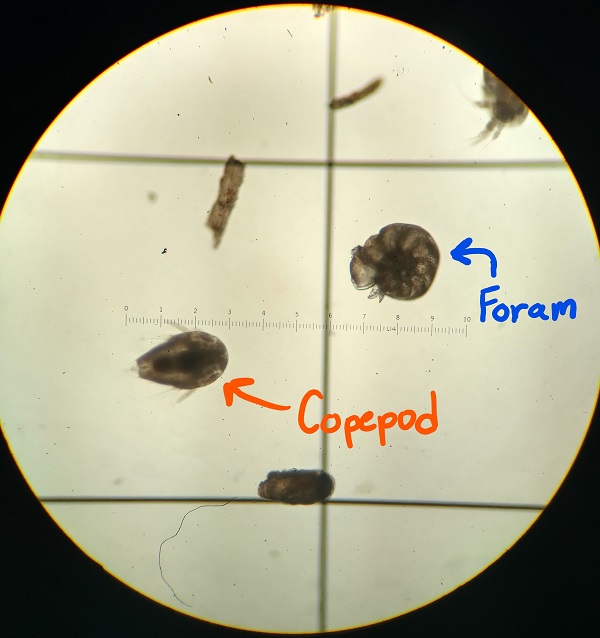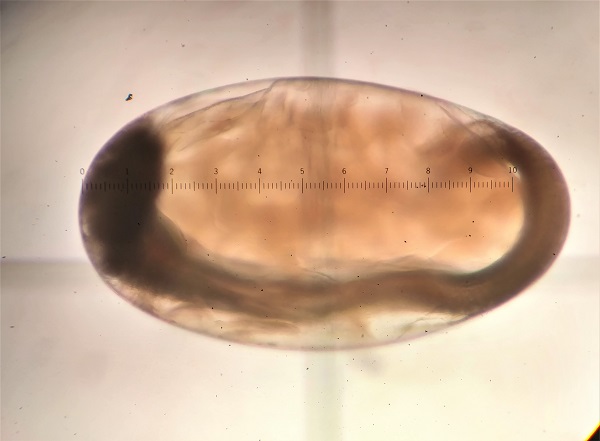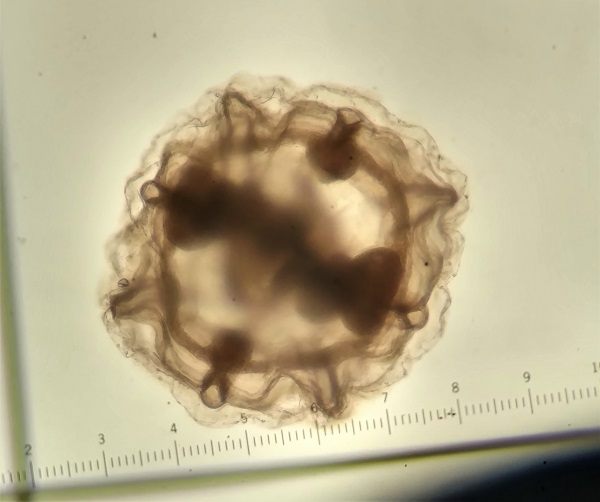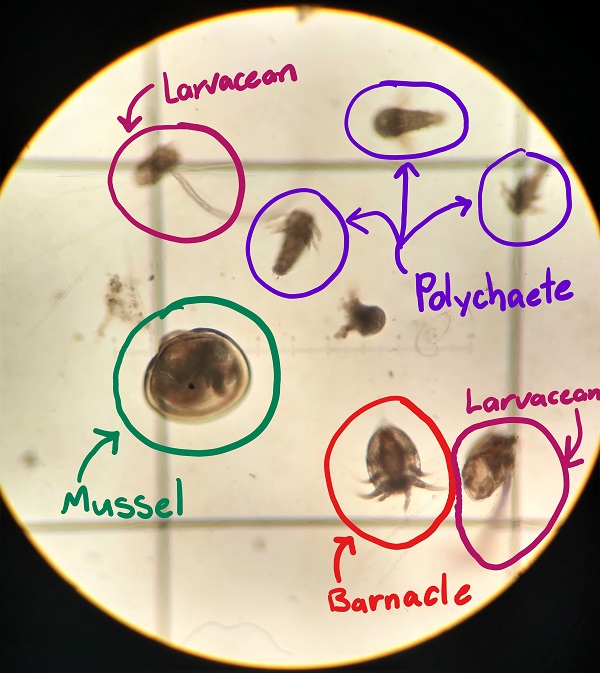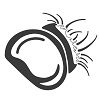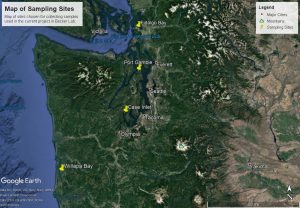
When you think of microscopic images, what comes to mind? Cells, hairs, tiny bugs, something else? A microscope can open up a whole world of images and creatures that are too small to see with your naked eye. The microscopes we use are able to increase the perspective of something, and make it look 4, 10, 40, or even 100 times larger than it actually is. Here in the Becker Lab we mainly focus on looking at bivalve larvae, which are baby clams, oysters, and mussels. However, whilst looking for these, we come across many other fascinating specimens in their larval stages, such as: sea stars, fish eggs, copepods, snails, jellies, and barnacles. Currently, the samples we are analyzing come from the waters of Fidalgo Bay, Willapa Bay, Port Gamble, and Case Inlet (See Map of Sampling Sites for a map of these locations around Washington state).
We take photos of every single bivalve larvae we find when going through samples, but this blog post serves to show you a snapshot (pun intended) of what other marine creatures we may find when looking at a sample through a microscope. Not every sample we look at has bivalve larvae or even any other species, and we have no idea what creatures are in a sample until we open it. Therefore, every sample holds a mystery as to what we will find. Sometimes it’s nothing, and sometimes it’s something amazing.
These 6 photos show only a small portion of what we find in our samples. We find many cool creatures within the samples we look at. As aforementioned, our main focus is looking for bivalve larvae, but a fun benefit is to see what other larval creatures, be they jellies, fish, barnacles, sea stars, and more, that we can find.
Next time you’re looking through a microscope, be it at school, in a lab, at an aquarium, or anywhere else, try to take some photos of what you see, and maybe even show them to us in the comments section!


